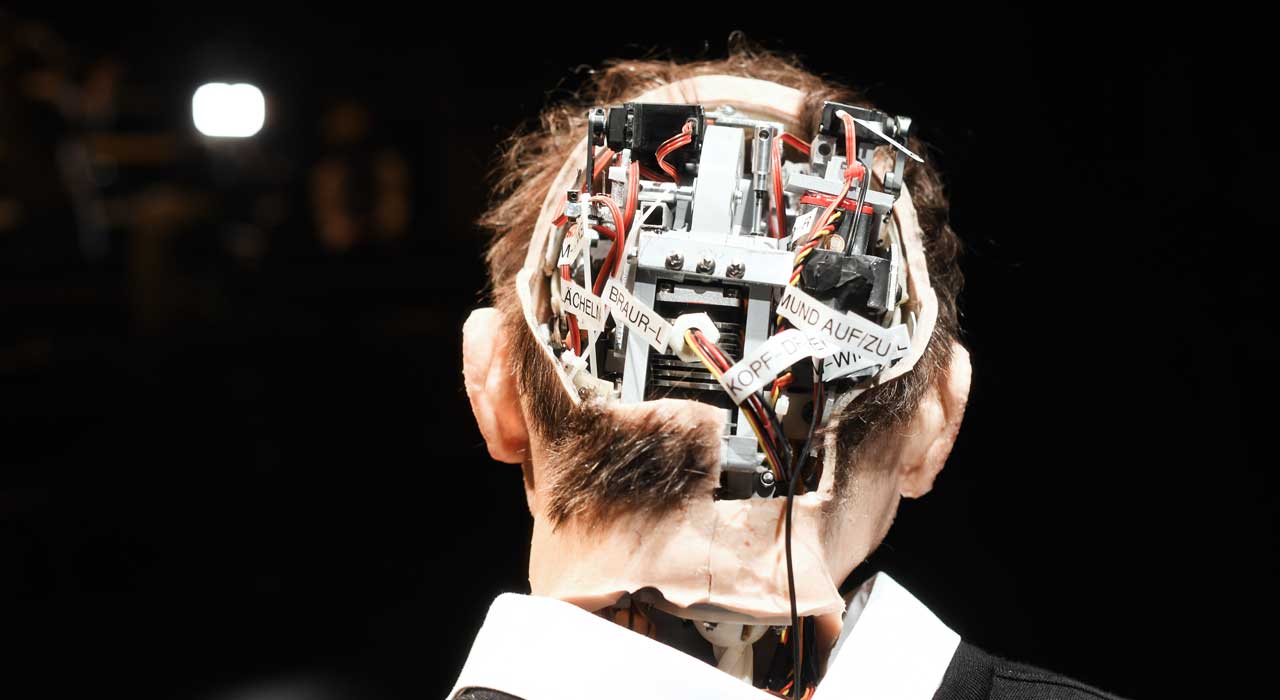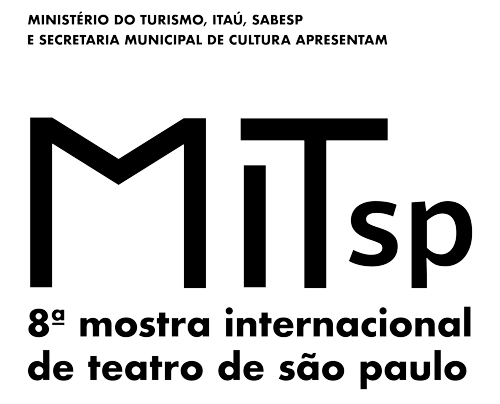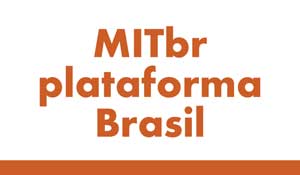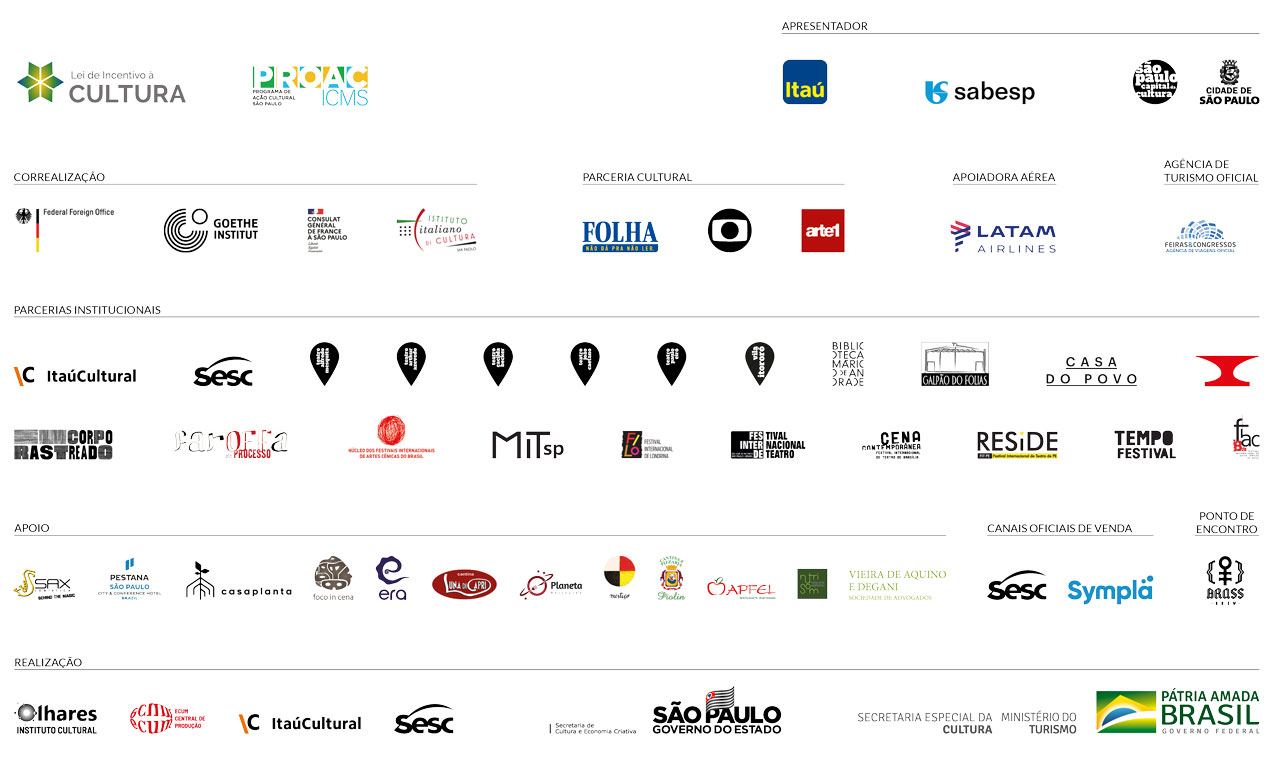Uncanny Valley
ORIGINAL TITLE: Unheimliches Tal / Uncanny Valley
ARTIST: Rimini Protokoll
Germany, 2019 | 60 min. | Parental Rating: free

SINOPSIS
“Uncanny Valley” is an expression created by Japanese scientist Masahiro Mori to designate, within the robotic engineering area, the dislike people feel towards robots very similar to real people. According to this hypothesis, the similarity of robots to humans is welcome to some extent, of which it starts causing us disgust or fear. In this show of group Rimini Protokoll, director Stefan Kaegi worked with writer Thomas Melle in the creation of an animatronic which intends to be a copy of the author. Onstage, the robot delivers a lecture on topics such as bipolarity, technology and the ability of copies to help humans or not. The title points to both Silicon Valley and the Freudian idea of Unheimliche, the stranger who seems familiar to us. The valley is also the curvy shape in the graph presented by Mori explaining his ideas. At the end of the show, the audience can approach the robot to see it up close.
HISTORY
Stefan Kaegi is the author of documentary pieces, audio-interventions, curatorship and works in the urban environment in diverse collaborative partnerships. Using research, public hearings and conceptual processes, he often gives voice to “experts” who are not trained actors but have something to say. With Helgard Haug and Daniel Wetzel, Kaegi founded the group Rimini Protokoll, which since the year 2000 works with documentary theatre aided by technology. At MITsp, they presented in 2016 the show 100% São Paulo. In 2019, the group created the show Uncanny Valley alongside German writer Thomas Melle, author of Die Welt im Rücken (The World on the Back), in which he addresses bipolar disorder with an autobiographical bias.
CRITIC
“The performance is a lecture on instability. It takes up the problem of the ‘uncanny valley’, roboticist Masahiro Mori’s term for the cliff-edge of likeability that people perceive in inanimate objects when they appear nearly (though not completely) human. The piece explores Melle’s own experience of bipolarity as a ‘somewhat damaged mechanism’ and his notion of Alan Turing as ‘a tragic computer’. Melle considers instability as the defining human feature, improved upon by the stability of the machine, while the android replica represents a compensatory prosthesis, ‘experienced and new-born at the same time’. The phrase recalls Mori’s belief in what he called the ‘Buddha Nature’ of robots.”
“It’s the fingers that get to me. Bitten and weathered, the skin worn down in places, they are incredibly detailed and utterly convincing. I’m looking up close at an animatronic, or robot, of the German writer Thomas Melle. The show proper – a lecture delivered by this robot – has finished and the audience has been invited on stage to study our automated actor. It feels like viewing time at the zoo and I can’t shake the feeling that this robot is somehow going to wake up, reach out and grab me.”





